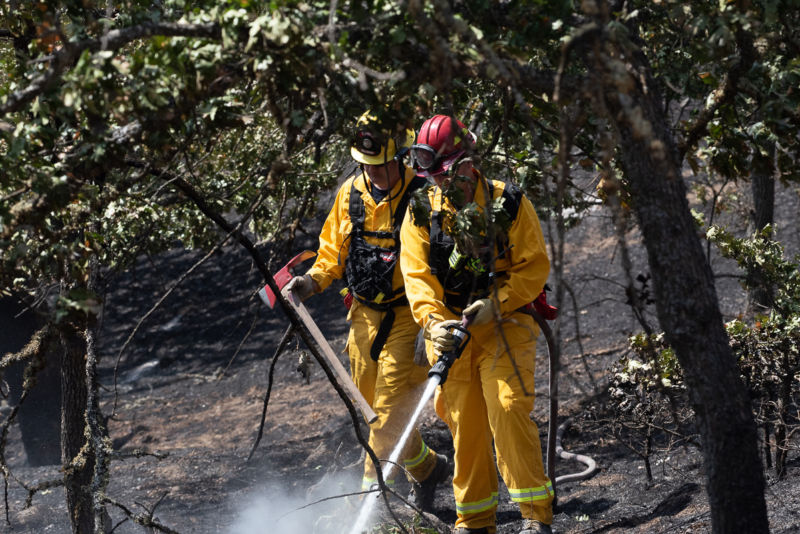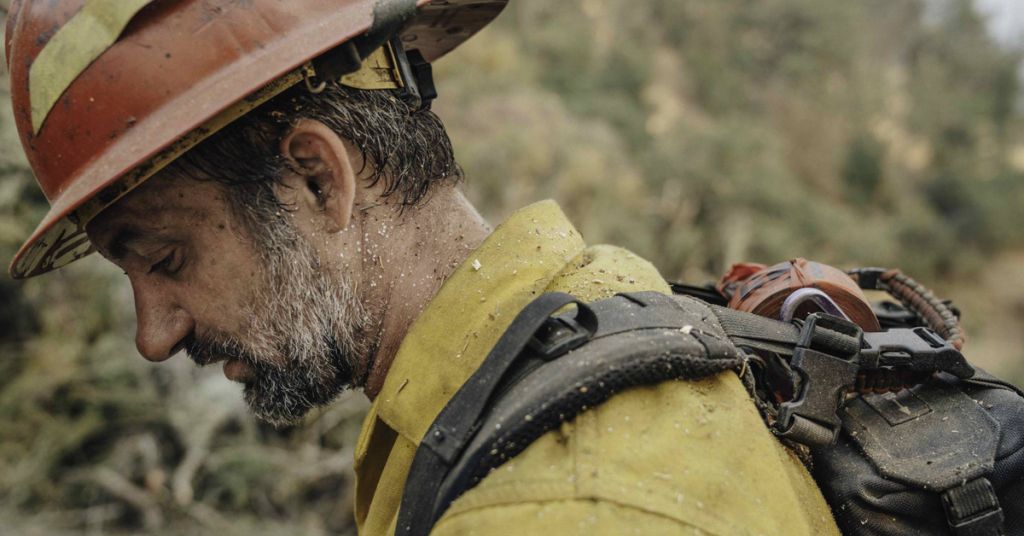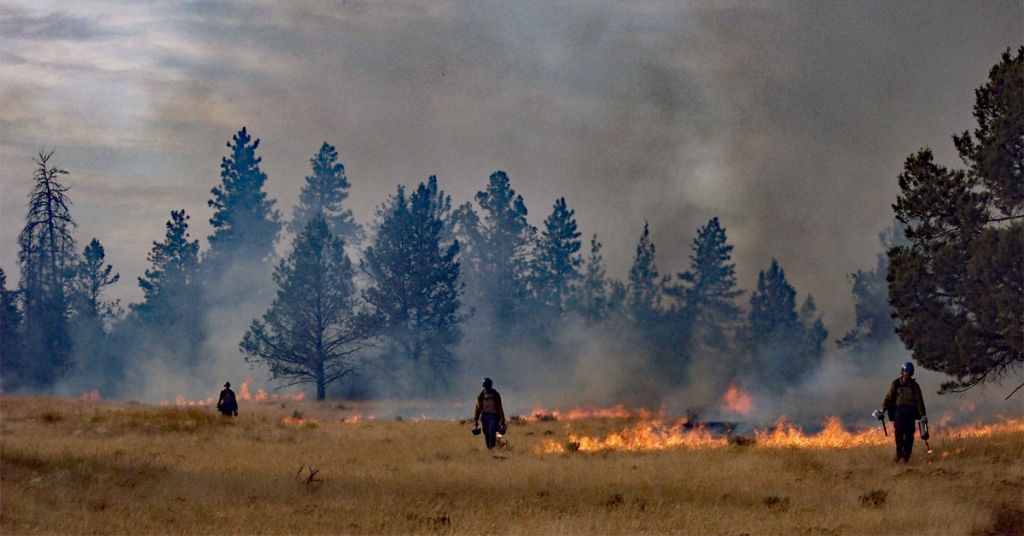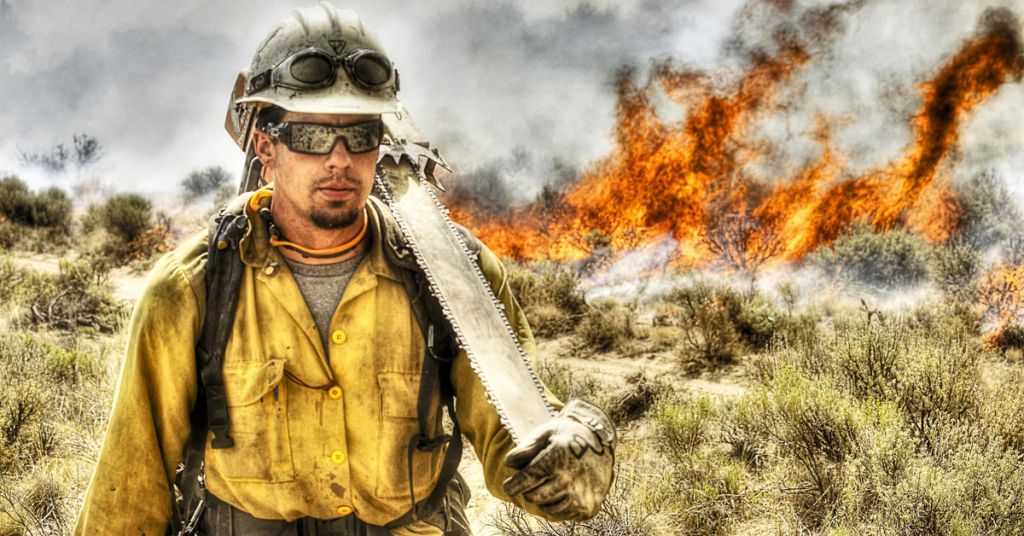As blaze burns near Columbia Gorge, fire teams are also dealing with coronavirus precautions. And soaring temperatures

Hot spot: Fire Boss aircraft dumps 800 gallons of water near Dry Creek Road. On Friday, just 10% of the Mosier Creek Fire had been contained. Photo by Jurgen Hess
By Jurgen Hess, August 14. As if firefighters don’t have enough to deal with, this year introduces a new challenge—coronavirus.
“We’re in a bubble, we don’t want to bring COVID to the community and vice versa,” said Rich Tyler, spokesperson for the Oregon State Fire Marshal, at a Friday morning briefing on the Mosier Creek Fire near Mosier, Oregon. “There is health screening every night for firefighters. They wear masks in camp, their tents are separated.”
Tyler emphasized fire teams have undertaken extensive planning in order to “focus 100% on the fire, not COVID.”
As of this morning, 381 firefighters are battling the Mosier Creek Fire.
MORE ON CI: Are Mosier Creek Fires part of coordinated plan?
The fire began Wednesday night. This morning officials reported it was about 10% contained. A perimeter fire line has been established around 75% of the blaze, which covers 971 acres.

Unknown origins: While teams fight the blaze, officials are investigating the cause of the fire. Photo by Jurgen Hess
Two homes and two other structures have been burned.
Fire planners are also concerned about weekend temperatures, which are expected to soar above 100 degrees. Higher temperatures make fuel easier to ignite and burn.
According to Tyler, nine air support craft, including helicopters and Fire Boss airplanes, will be dropping water on hot spots.
“We are making great progress,” he said.

Special skill: Helicopter pilots are adept at operating in thick smoke at low altitudes. Photo by Jurgen Hess










